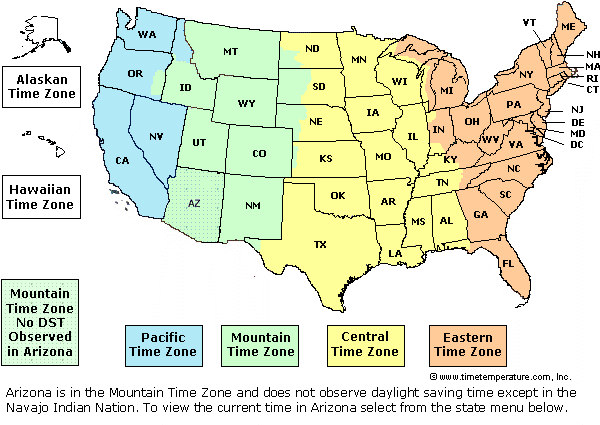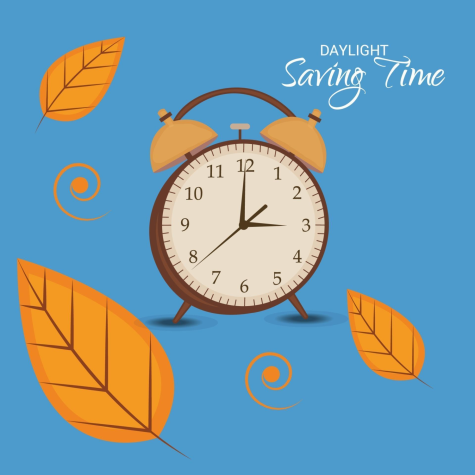The Sunshine Protection Act

Most states across the U.S. have you finding yourself turning your clocks forward an extra hour in the spring, and turning them backward an hour in the fall. This practice, known as daylight savings, is responsible for maximizing the amount of daylight we can receive so that darkness can fall at a later period of time.
Disadvantages of Daylight Savings
Supporters of daylight savings believe that it’s beneficial for businesses, reduces crime, promotes outdoor leisure activity, and even saves energy. However, there are numerous claims against this supposedly considerate rule. Parents of younger children complain that their kids are waiting for the bus in the dark due to late sunrises, and broadcasters that feed off of prime-time television end up suffering as well. In regards to human health, there can be negative effects: disruptions in circadian rhythms, an increased risk of traffic accidents, stroke, and suicide. Since the enactment of the Uniform Time Act (1966) proposed by Lyndon B. Johnson, technology has significantly improved and access to widespread resources has overall increased. The practice of daylight savings is almost considered to be “outdated” as the primary intent behind it was to conserve energy and encourage families to use fewer lights in their homes due to the extra periods of sunlight. Fifty-plus years later, here we are following protocols that not many people are in need of.
A Permanent Standard Daylight Saving Time
 With many Americans being noncompliant towards the fluctuating daylight saving times, the matter was taken into the hands of the Senate and has been revised since 2018. Known as the Sunshine Protection Act (read more at the Keynote here), it would establish a permanent daylight savings time in the US, ultimately getting rid of the Uniform Time Act. This would essentially lead Americans in all states except Arizona, Hawaii, and extended territories (which use Permanent Standard Time) to have more sunlight in the evening. Several studies have shown that longer daylight hours later in the day, reduce traffic accidents as well as seasonal depression.
With many Americans being noncompliant towards the fluctuating daylight saving times, the matter was taken into the hands of the Senate and has been revised since 2018. Known as the Sunshine Protection Act (read more at the Keynote here), it would establish a permanent daylight savings time in the US, ultimately getting rid of the Uniform Time Act. This would essentially lead Americans in all states except Arizona, Hawaii, and extended territories (which use Permanent Standard Time) to have more sunlight in the evening. Several studies have shown that longer daylight hours later in the day, reduce traffic accidents as well as seasonal depression.
By November 2023, the Sunshine Protection Act is announced to be taken into effect and completely eliminate the temporary daylight saving time. Soon, that troublesome task of shifting that mechanical clock on your nightstand will no longer be necessary!
References:
https://en.wikipedia.org/wiki/Sunshine_Protection_Act#Background
https://www.the-sun.com/news/4905687/what-is-sunshine-protection-act/

Nandini is a current Senior at Keystone, with her hobbies including cooking and all things travel. Aside from exploring different recipes in her free time,...
